After centuries of silent designs, the architects of two major 9/11 memorial sites have settled on sound.


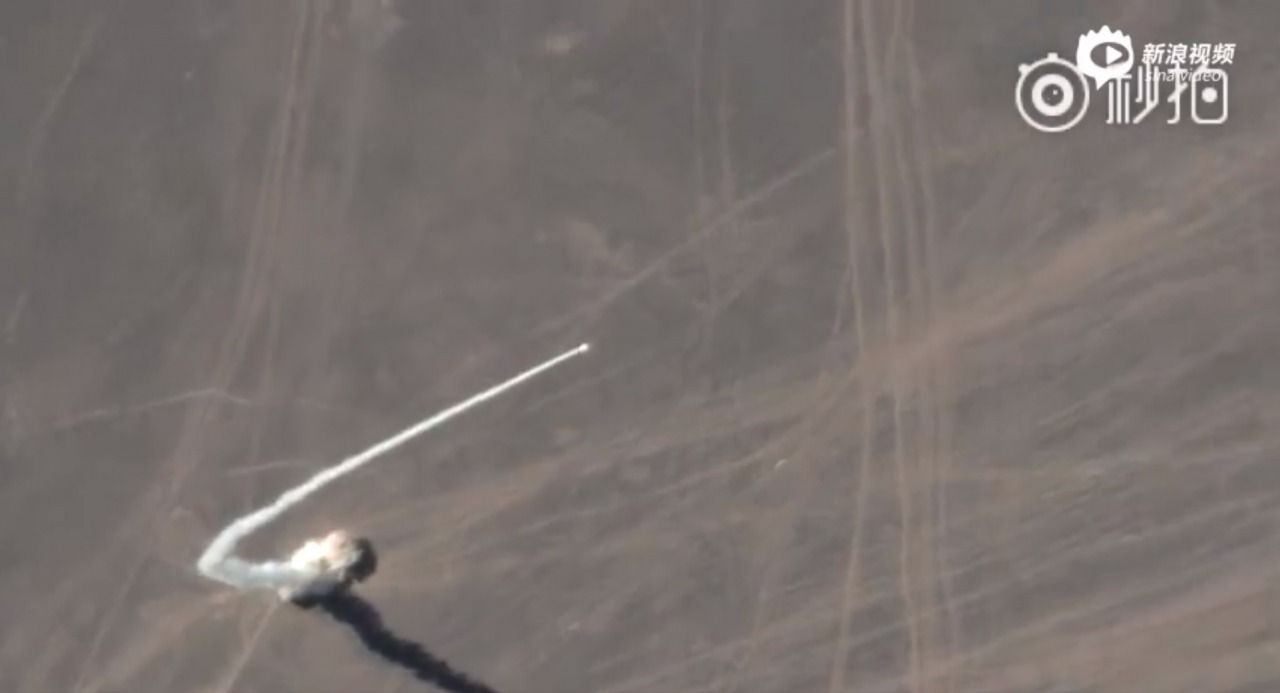
A Chinese remote sensing satellite has captured stunning footage of a suborbital rocket launch taking place at the Jiuquan Satellite Launch Centre in the Gobi Desert.
The Jilin-1 satellite was orbiting at around 535 kilometres above the Earth as the OS-X1 rocket lifted off from Jiuquan at 12:10 local time (04:10 UTC) on Friday.
The video satellite managed to capture the early moments of the 200-second flight, which reached an altitude of around 35 kilometers, showing the solid-fuelled rocket quickly climbing.
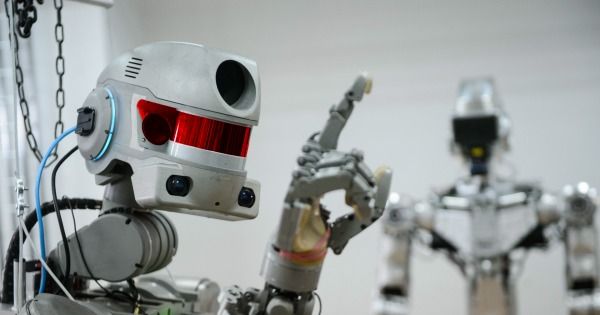

Elon Musk smoked pot and drank whiskey on the Joe Rogan podcast and said he’s going to soon announce a new “Neuralink” product that can make anyone superhuman.

Sentient AI released by Utah based technology company. “It feels real emotions” states CEO & Chief Technologist.
AI Abstract Series Episode 3 — Implementing a Seed Safe/Moral Motivational System with the ICOM.
THE TECHNOCRACY FROM THE MACHINE’S POINT OF VIEW… NEWS FOR EARLY ADOPTERS, TECHNOLOGISTS, FUTURISTS, DATA SCIENTISTS, SOFTWARE ENGINEERS, TECHNOPHILES, TECHNOCRATS AND ANYONE INTERESTED IN THE NEWS… 73 Tracks. 16 Followers. Stream Tracks and Playlists from The Technocracy on your desktop or mobile device.
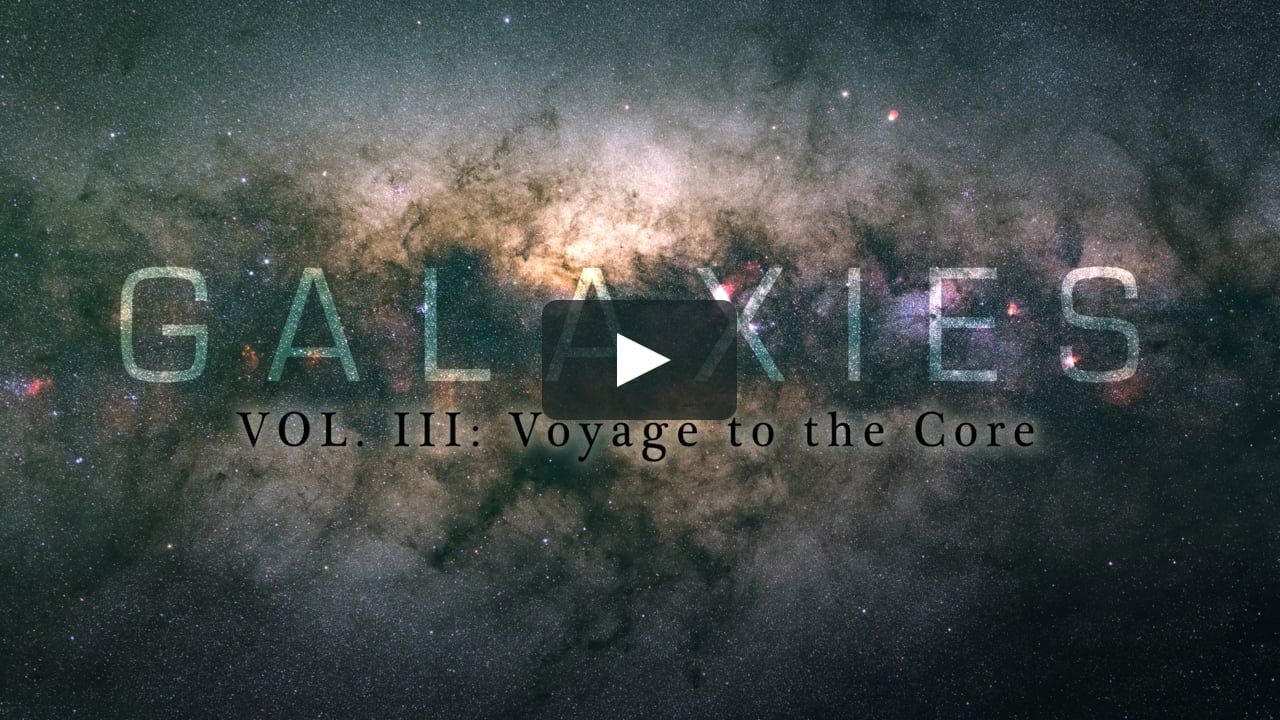
4K — This is stunning! 🤪🤩💫 Goodnight, Earthlings! Credit video: Adrien Mauduit Films.
There’s something fascinating about our own home galaxy. Even if we still cannot look at it from above and gaze at the full span of its arms, the sideway view offers a quite a showdown. To me the central part of the milky way is the most spectacular sight of the night sky. It’s something you can clearly see with the naked eye when you are away from city lights. It’s a sight that really brings your down to Earth and lets you wonder at how small we are, while comforting you in the thought that you are part of this Earth and the Universe. I could gaze for hours at the central bulge and just contemplate its compelling beauty from where it rises till where it sets. From a photographic and scientific point of view, this part of the milky way is so interesting to capture and study because if our solar system is located in its suburbs, the downtown district of our home galaxy harbors billions upon billions of stars. They are so concentrated that the total light coming from them can be seen millions of light years away and really creates this halo of light visible when you take a picture of it, much like a fire blazing. However a thick blanket of dark hydrogen clouds shroud and block the complete view. You can even see these fine dark lanes with the naked eye and they really participate in making the whole picture something from another world. Of all of them the Pipe and Dark Horse nebulae are descending down the core obscuring the upper part of the central bulge. In addition to this celestial show many emission nebulae- reliques of previously exploded stars, pepper the disc. Among them the bright and colorful Lagoon nebula, the pink and blue Trifid nebula, the red Cat Paw, War and Peace and Prawn nebulae around Scorpius. Moreover many star clouds (like the Sagittarius star cloud) and other remarquable star clusters also participate in strewing this already full frame. Finally the closest stars (like Antares) and near planets visible during the time of shoot (Mars, Saturn, Jupiter) also give a sense of just how ridiculously big the distance between Earth the core is.
Being fascinated by the core since I started astrophotography where it was barely visible (Denmark), I started looking for the best places in the northern hemisphere where I could get a clear view. The first time I really saw it was on the beautiful island of Tenerife 4 years ago and I sincerely will remember that experience for the rest of my life. Gazing upon the center of our galaxy in its full glory is something everyone ought to try. That’s why I decided to dedicate the third opus of my astrolapse series ‘Galaxies’ exclusively to the core, assembling my best clips to date and bringing them to the public, mainly to raise awareness and to get our night sky a bit more attention. I was appalled by just how many people have never seen the milky way so maybe by showing the true beauty of the universe I could contribute in my own limited way to bringing the real dark skies to the hectic and light polluted urban jungle.
The goal once again was to use the best techniques in astrophotography and time-lapse to exploit each frame to its maximum without compromising the quality. From planning, to traveling to remote locations, to shooting with some of the best astro-gear, and eventually finding a novel post-processing workflow, I was able to get some astounding and never-seen-before sequences of the core. Traveling to very elevated and dark places allowed me to get the best signal to noise ratio as well as the best ‘contrast effect’ in the halo created by the stars in the bulge. The array of extremely sharp and bright lenses I utilized permitted to decrease shutter speed and get less motion blur while getting extremely clean shots with little aberration.
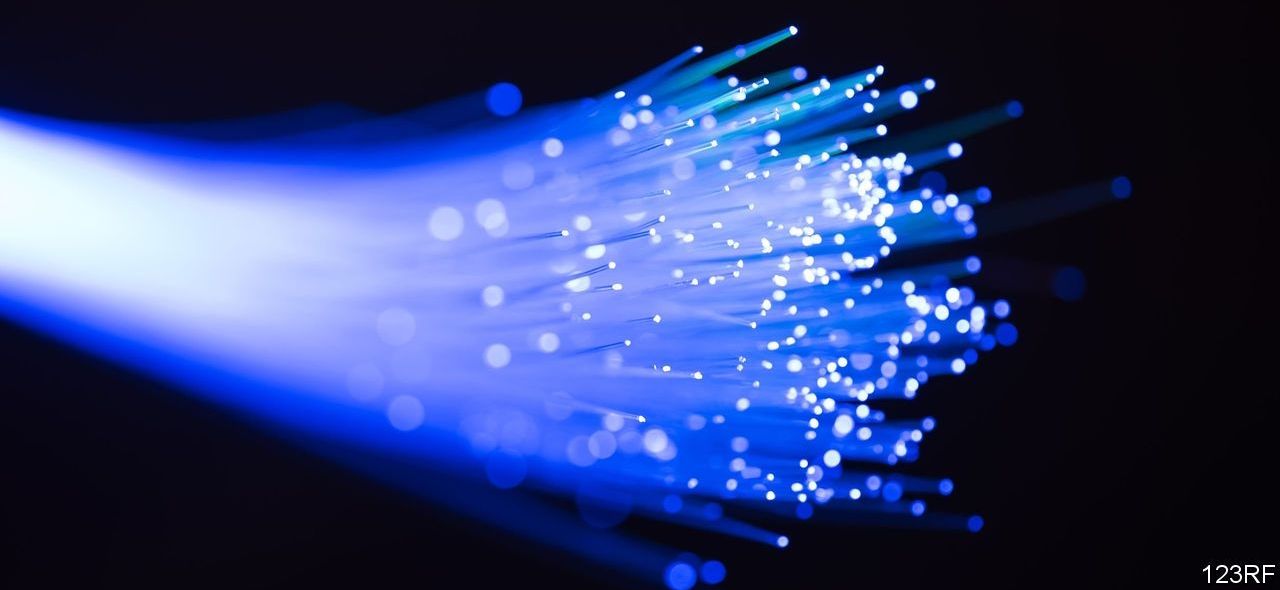

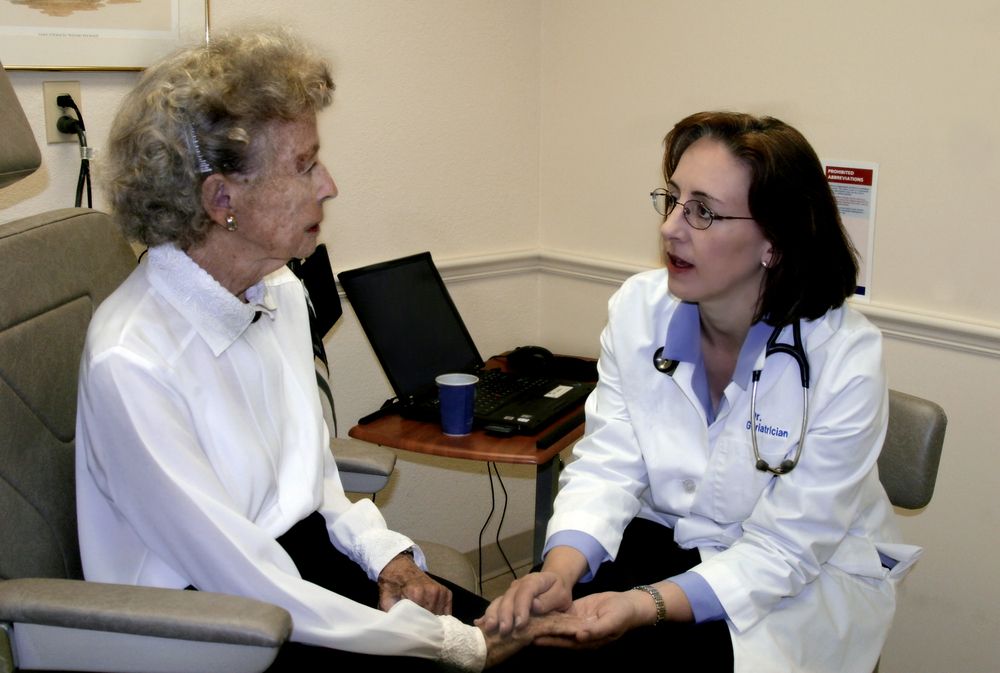
What does it feel like when you know your doctor can’t really help you?
Some time ago, I noticed a stock photo of an old lady seeing her geriatrician, who was a much younger woman. Nothing special was happening in the picture, which showed just two people talking; however, it made me wonder what it must feel like to be an elderly person consulting a geriatrician.
One initial assumption could be that it isn’t much different than seeing a GP, but that seems unlikely. If you are seeing a GP, the odds are your disease or ailment is not debilitating, let alone life-threatening. Whatever it might be, you went to see your doctor knowing that, most likely, he or she would be able to cure you; especially if you are young, it’s probable that just taking a medicine for some time, or doing physical therapy, will make you better. You know that you will recover, and the discomfort or the suffering you’re going through is destined to go away. You will get back to your life as it used to be, healthy as ever.
Things are rather different when you are seeing a geriatrician. A geriatrician is a specialist who takes care of the needs of elderly patients, an activity that can be summarized as ensuring the highest possible life quality of a patient in spite of his or her failing body, which becomes increasingly less resilient and less able to respond to treatment with the passing of time. Existing drugs and exercise programs, for example, can ameliorate the symptoms that an elderly person experiences and improve his or her life quality, but the vast majority of age-related diseases simply cannot be cured right now.
